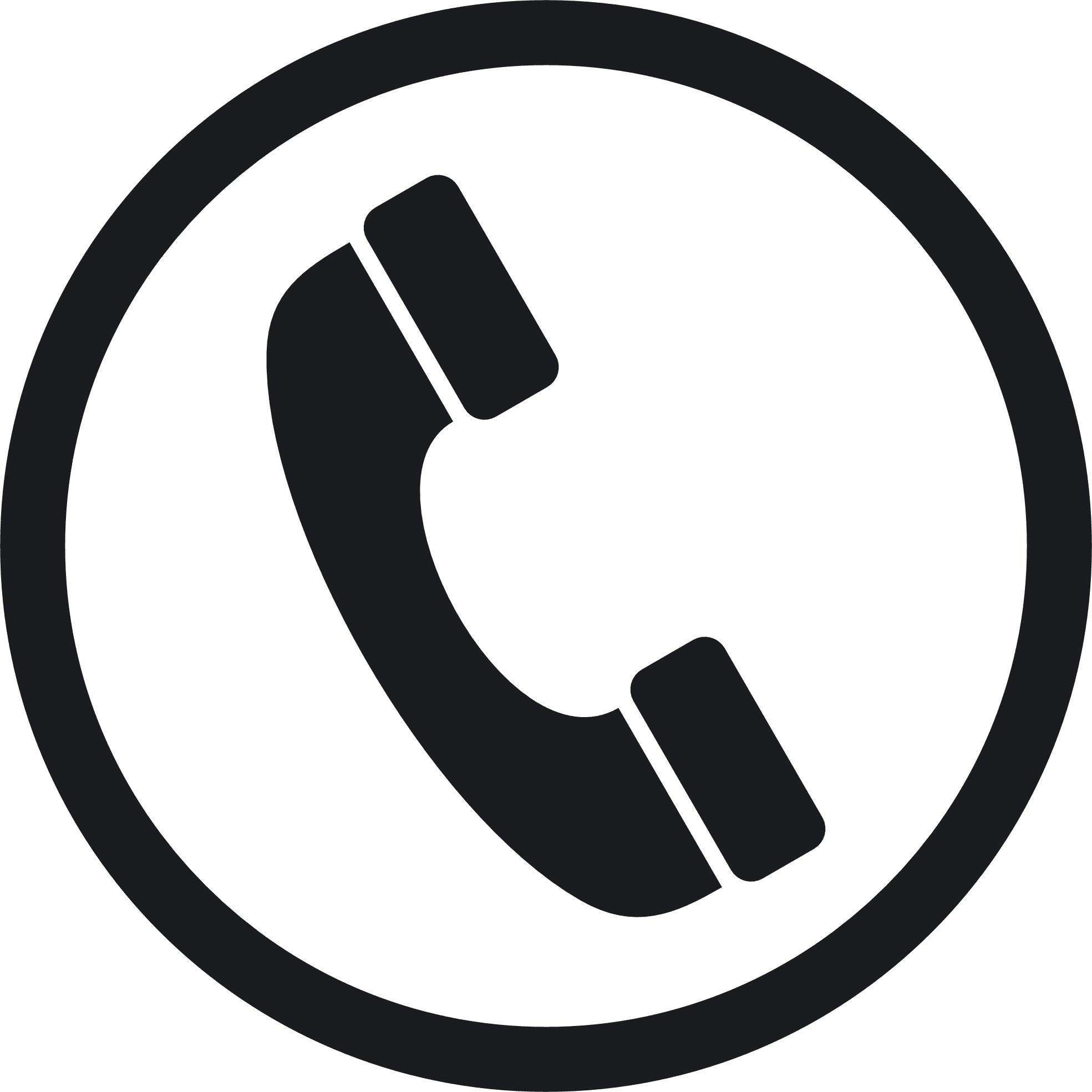A clean chimney isn’t just about keeping your home neat — it’s a critical safety requirement. Every winter, thousands of house fires are caused by creosote buildup, blockages, or damaged chimneys. If you use a wood-burning fireplace or stove, your chimney collects soot, ash, and tar-like creosote over time. When neglected, this buildup can ignite and lead to a deadly chimney fire, carbon monoxide poisoning, and costly structural damage.
So, how do you know when it’s time to clean your chimney?
In this guide, we reveal the top 5 dangerous signs your chimney needs cleaning right now — along with preventive tips every homeowner should follow.
✅ 1️⃣ Strong and Unpleasant Smoke Smell in Your Home
(Suggested Image: Fireplace with visible smoke inside home)
If you notice a smoky, burnt wood, or tar-like smell, especially when your fireplace isn’t in use, it’s a warning sign of excessive creosote buildup.
Why this is dangerous:
- Creosote is highly flammable
- It can release toxic fumes
- Indicates poor ventilation
What causes it:
- Burning wet or unseasoned wood
- Not cleaning chimney annually
- Weak draft due to blockage
Quick Tip:
Only burn dry hardwood and schedule annual chimney inspections before winter season.
✅ 2️⃣ Excessive Soot or Black Creosote Buildup Inside Fireplace
(Suggested Image: Black creosote deposits inside chimney walls)
Creosote is the #1 cause of chimney fires. It appears as:
- Black flaky soot
- Shiny tar-like glaze
- Hard crusty deposits
When creosote reaches ⅛ inch thickness, your chimney becomes a serious fire hazard.
Why this happens:
- Low burning temperatures
- Incomplete combustion of wood
- Poor airflow
Dangers:
- Can ignite at 451°F (232°C)
- Fire spreads into walls in minutes
- Heavy damage before alarms detect it
Expert Recommendation:
Schedule chimney sweeping after every 50 burns or once per year at minimum.
✅ 3️⃣ Smoke Reversing Back Into the Room (Poor Draft)
(Suggested Image: Smoke filling living room from fireplace)
If smoke pushes back inside your home instead of going up the chimney, it indicates:
✔ Blockage by soot
✔ Bird nests / debris
✔ Damaged flue liner
✔ Cold air blockage
Health Risk:
Back-drafted smoke contains carbon monoxide — a colorless, odorless gas that can cause:
- Headache and dizziness
- Unconsciousness
- Death in extreme cases
Warning Signs of Carbon Monoxide:
✅ Burning eyes
✅ Breathing difficulty
✅ Disorientation
If smoke enters room → Stop using fireplace immediately and call a chimney technician.
✅ 4️⃣ Difficulty Starting and Maintaining Fire
(Suggested Image: Fire struggling to burn inside the fireplace)
If your fire keeps dying, chimney airflow is blocked.
This means:
- Insufficient oxygen reaching the fire
- Creosote is restricting ventilation
- Chimney cap may be clogged with leaves or nests
This often gets worse during early winter because cold chimney walls cause stronger downdraft.
Pro Tip:
Use a firestarter to warm the flue first, but ensure major cleaning is done before winter.
✅ 5️⃣ Visible Debris or Animals Nesting in the Chimney
(Suggested Image: Bird nest inside chimney pipe)
Birds, raccoons, squirrels — all love cozy chimneys. Their nests block air and can easily catch fire.
Common debris found:
- Dry leaves
- Dead animals
- Twigs and feathers
Risks include:
- Fire spreading quickly through nest material
- Smoke and toxins re-entering home
- Pest diseases and foul smells
If you see debris falling into fireplace → chimney needs urgent cleaning.
🛑 What Happens If You Ignore These Signs?
| Damage Type | Result |
| Chimney Fire | Massive home damage, injuries, death |
| Carbon Monoxide Poisoning | Severe health risk |
| Structural Damage | Costly repairs to chimney/walls |
| Poor Heating Efficiency | Higher wood consumption |
| Smell & Air Pollution | Unhealthy home environment |
Home safety experts recommend NFPA Standard:
➡ Chimneys must be inspected once per year — cleaned when necessary.
Keep your home protected with professional chimney cleaning services designed to remove creosote, soot, and fire-causing blockages.
✅ How to Prevent Dangerous Chimney Hazards
Here’s a quick home safety checklist:
✔ Burn only dry hardwood
✔ Install a chimney cap
✔ Clean ash regularly
✔ Test carbon monoxide detectors
✔ Schedule professional cleaning annually
If you use your fireplace heavily → consider mid-season checkup.
Contact Ventra Cleaners today for fast, reliable chimney cleaning near you — before winter risks become dangerous.
✅ Final Thoughts
Your chimney may look fine from the outside — but hidden creosote or blockages can turn into a life-threatening disaster. If you’ve noticed any of the 5 signs above, don’t delay:
➡ Stop using the fireplace immediately
➡ Call a certified chimney sweep
➡ Ensure proper ventilation before burning again
Keeping your chimney clean means:
- A safer home
- Better heating efficiency
- Peace of mind for your family

